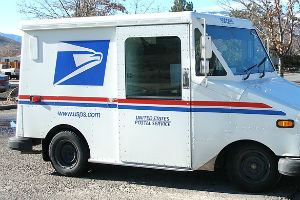Three quarters of nonprofits reported ending 2014 at break-even or with a surplus but just as many continue to report increased demand for their services.
The Nonprofit Finance Fund (NFF) today released its 2015 annual State of the Nonprofit Sector Survey. It’s the seventh consecutive year that a majority of the 5,451 nonprofits surveyed — 76 percent this year — reported an increase in demand. It’s also the third year in a row that more than half (52 percent) said they could not meet demand. Increased demand for services and programs has never fallen below 70 percent in the seven-year history of the survey, with a high of 84 percent in 2011.
For 2015, 84 percent project an increase in demand while only 48 percent anticipate being able to meet that demand. In last year’s survey, 80 percent of nonprofits reported increased demand while 71 percent had an operating surplus or broke even.
More than half of organizations, 55 percent, reported three months or less of cash readily available compared with 23 percent that reported six months or more.
Managers at one-third of organizations said their top challenge was achieving long-term sustainability while a quarter said it was offering competitive pay and/or retaining staff. Almost one in five respondents said their biggest challenge was raising funding that covers full costs.
Among organizations that receive funding, respondents at seven in 10 reported that the federal government never or rarely pays for the full costs of delivering services and almost as many said the same thing about state government. Almost half, 47 percent, said the same thing about foundations.
Managers at almost nine out of 10 surveyed organizations said they are asked to collect data to capture the effectiveness of programming but 68 percent of funders rarely or never cover the costs associated with measuring program outputs or outcomes.
Among the top community needs nationally were:
- Affordable housing, 35 percent;
- Youth development programs, 26 percent;
- Job availability, 23 percent;
- Access to health care, 21 percent; and,
- Access to strong, well-performing schools, 19 percent.
On the bright side, 76 percent of nonprofit respondents also reported a surplus (47 percent) or break-even (29 percent) in 2014 — that’s the highest percentage in the survey’s seven-year history. Meanwhile, one in 10 organizations had a planned deficit and 13 percent an unplanned deficit.
This year’s survey was supported by the Bank of America Charitable Foundation. For more information on the full State of the Sector report, and to use a survey analyzer, visit www.nff.org/survey










